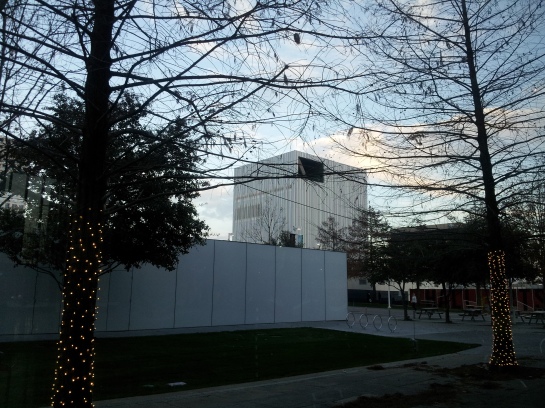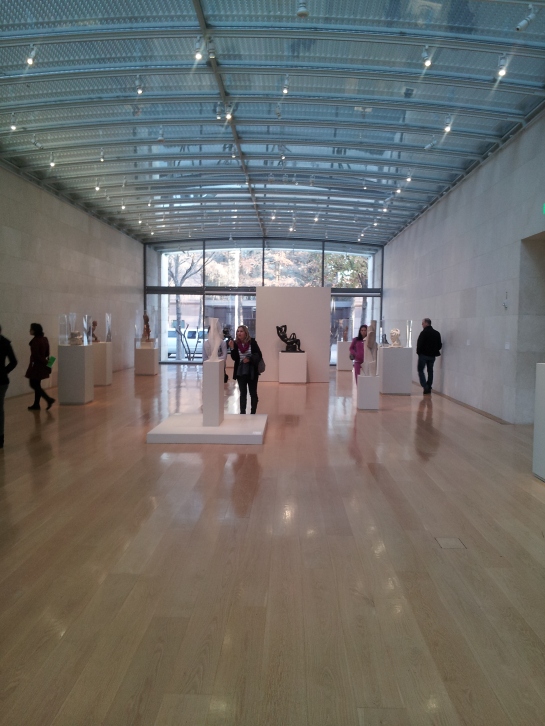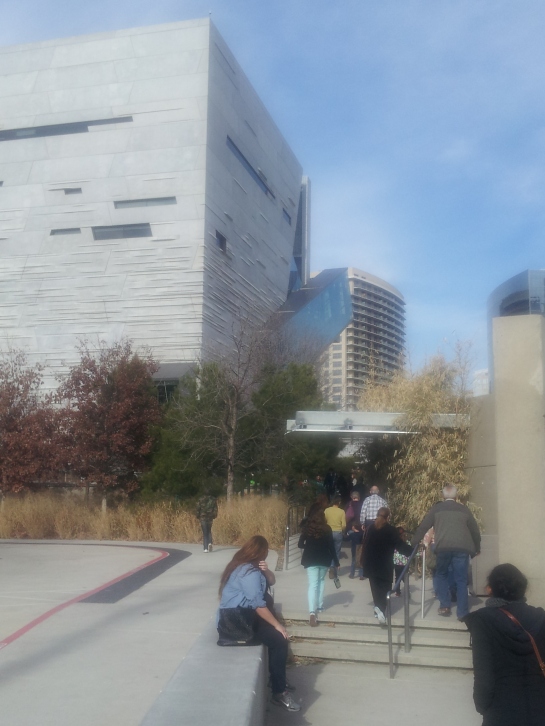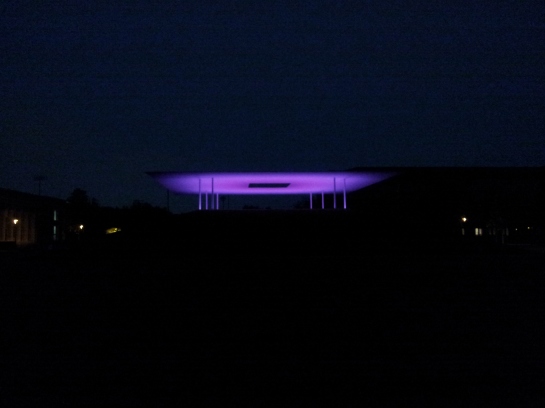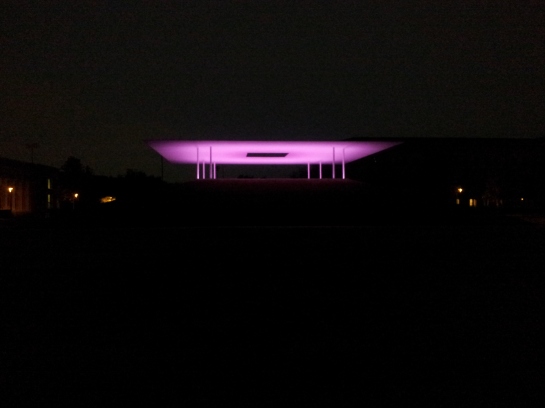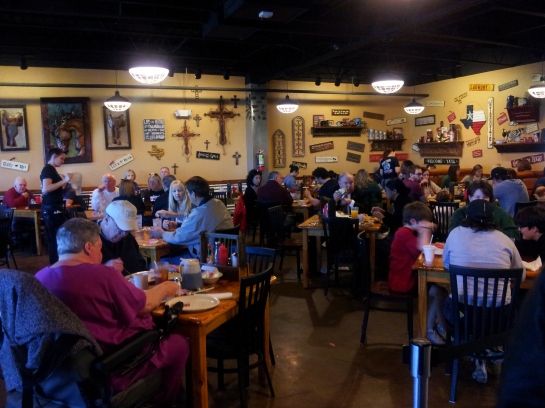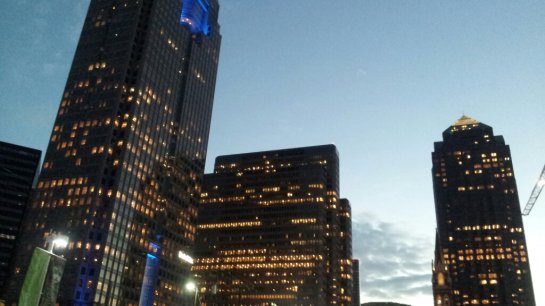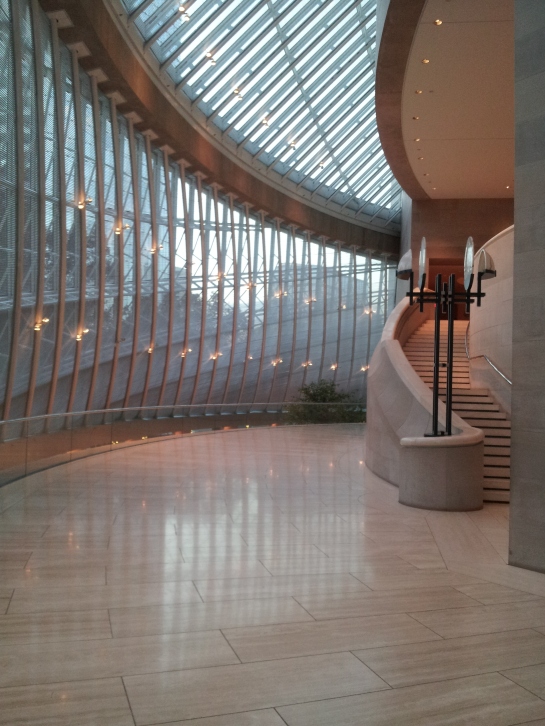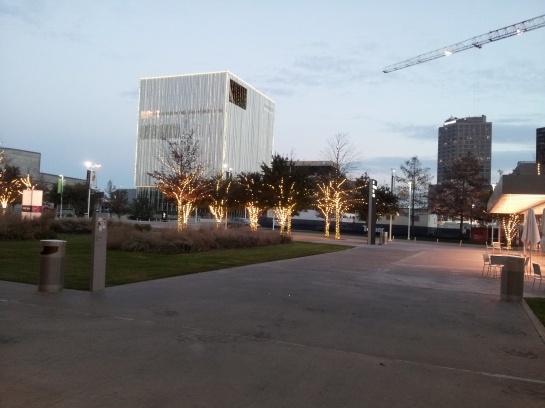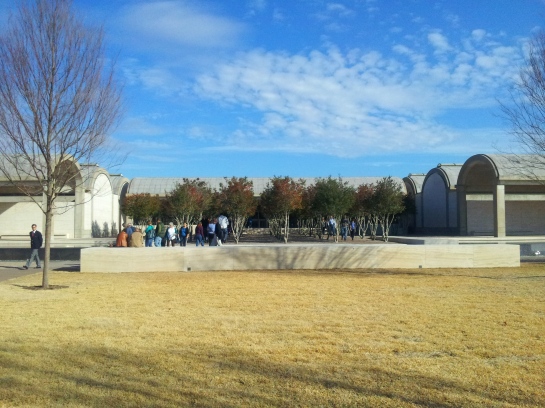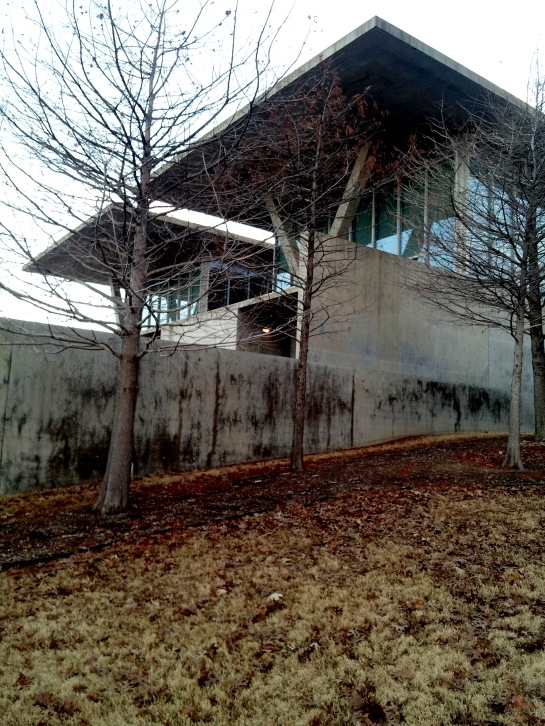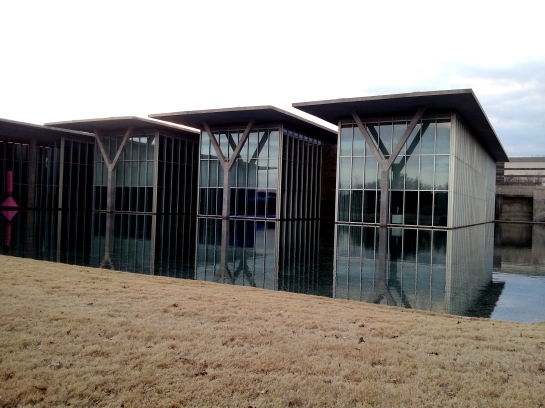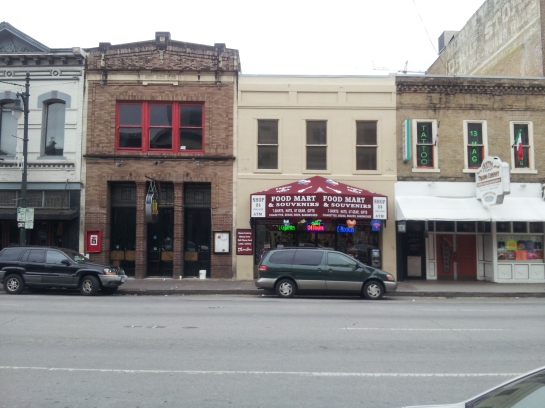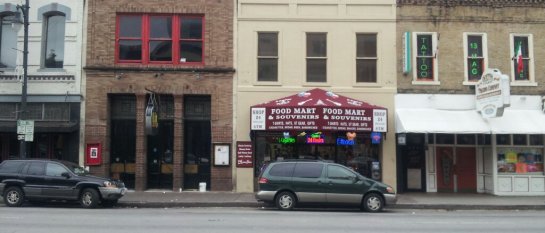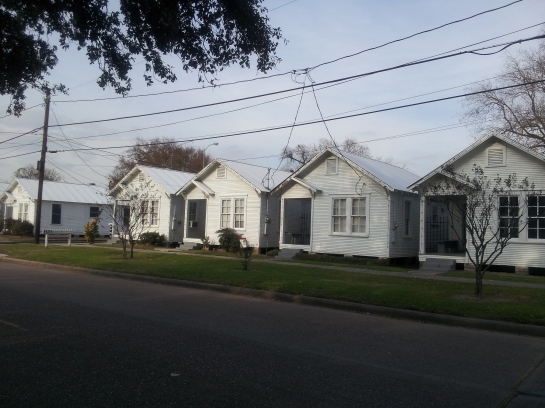Texas Trip
Why Texas?
That’s generally the first question that comes to me when I tell people that I visited the mid south US in the winter. Conventionally, one is expected to visit a place like Chicago, California, Las Vegas, Disney Land or some such known place if one is traveling around the US. But why Texas? Well, I have some explanation.
The first thing I came to realise after spending time around the north east corner in the US is that I was experiencing one of the most prosperous, well educated and most progressive of the places in this country. It is not hard to get immersed in the glitz and shimmer of this part of the country. Much of our idea about the entire country is framed through the skylines of cities like New York. Undoubtedly, the city of New York is the most diverse, multicultural, vivacious and magnanimous cities in the US. However, I had already spent time in many of these places of the north east and interacted with some of the most “advanced” people and places in this country. In short, I had experienced an America which one hears of all the time.
Along with a reason to escape from the cold north east this winter, I wanted to take myself off to know a different America. Thus I decided to visit Texas – which is absolutely an opposite version of New York. While NYC is all about verticality and high speed, there is, on the other hand Texas, which is absolutely horizontal – as flat as one can imagine. Flatness pervades Texas such that taking pictures while traveling from one place to another can seem pretty pointless. What you may end up framing in your standard shot is a half sky and half land!
In that sense architecture’s function is to undulate the land. architects may then need to change the topography of a land so that a new relationship of the human can be established with the land. In Texas, architecture functions to bring a disturbance in the monotony of the flat landscape. it creates something to literally “look forward to” – in that spirit creates an event to gather people. The skylines of cities in Texas can be clearly marked off while entering into the city like an outline. It is easy to point out a striking building.
For example, in Austin, we would navigate the city taking reference of a single building and moving north/south/east/west of it. We visited Austin on the Christmas day and thus were not able to feel the vibrancy of the place. The downtown felt conventionally posh and stylish. The scale was much tangible and there was definitely much more room for everything. We walked alongside the Colorado river returning back by the evening to the bridge under which tourists wait for the million bats to fly out from within its sectional joints where they reside. Unfortunately we werent able to watch this spectacle that day – perhaps the bats decided to stay within since it was too cold outside.
We visited Houston on the second day. Neelima’s friend Melissa, who is originally from Houston joined us and volunteered to show us around. We were able to see conventional American suburbia since we picked up Melissa from her house – the typical American house with a frontyard and a back yard, a parking garage. It was sweet. We visited several museums designed by famous architects like Renzo Piano, Mies, and so on. Melissa took us around the Rice University where we saw the Turell installation by the evening. The Rice campus was full of red brick buildings – a totally humble one as compared to the monumental Yale! The architecture school, as my friend Jessica mentioned later, was designed by James Stirling. We missed seeing it. Houston’s cultural district was richer and more vibrant.
We spent the last day in Dallas and then Fortworth. Since we were approaching the New Year, and getting away from the Christmas time, we were able to see more people around the city of Dallas, I think that is what made my experience biased towards liking the city. We visited first, a museum by Morphosis in Dallas. While it’s quite a striking building, and people would conventionally be critical of it, I quite liked being inside the space. We were not able to see the exhibits since it was very expensive and I wasn’t able to avail my Yale Art gallery credientials to get in for free like I did in the other museums! However, we went on to explore other places around.
There was again Renzo Piano’s Nasher, then I M Pei’s ATnT building, across which stood Rem Koolhaas’s Wylie Center. It was a fascinating humongous cultural space, rather district. We enjoyed each others’ company, and eased around the place in the chilly weather! Thereafter we met Siddharth’s friend Alex(ander) who worked with him at Rahul Mehrotra Associates in Mumbai. It was great to encounter Alex’s enthusiasm with Hindi and India. Felt great. We had our dinner together and moved on to a hotel near to Fortworth at night.
As mentioned before, buildings can literally stand starkly against the horizontal landscape of Texas. Although, a few architects acknowledge this horizontality through their works. Kahn’s Kimbell Art Gallery in Fortworth repeats similar modules and spreads the museum horizontally instead of going taller. Similarly, all of Piano’s museums around Texas work with a vocabulary similar to that of Kahn’s – a way of repeating modules through the grid and devising new ways of bringing and and controlling light within the museum space.
I dont have any opinion about Ando’s extension to Kimbell. I believe, it’s a stand alone work by itself.
We spent the next two days at home, unwinding. On the last day, Rutwik took me around the Texas A&M campus. I quite liked the Architecture building of Texas A&M. There were some interesting modern buildings on campus and cozy courtyards between which, I am sure, are occupied during active college days. The campus otherwise, is huge and immensely spread out. One can not imagine to navigate it without a car! It is almost a city within itself.
So that was my Texas trip. I know there may be nothing exciting about this post, or the place that I may have brought out. But that’s how the rest of the America might be. No, I am not being judgemental, I am only trying to open up a possibility of an alternative imagination of America for the fellow Indians to whom it’s primarily the tall and glamourous looking buildings. So that was, true to my expectations, a different America.
(pictures to come later)
